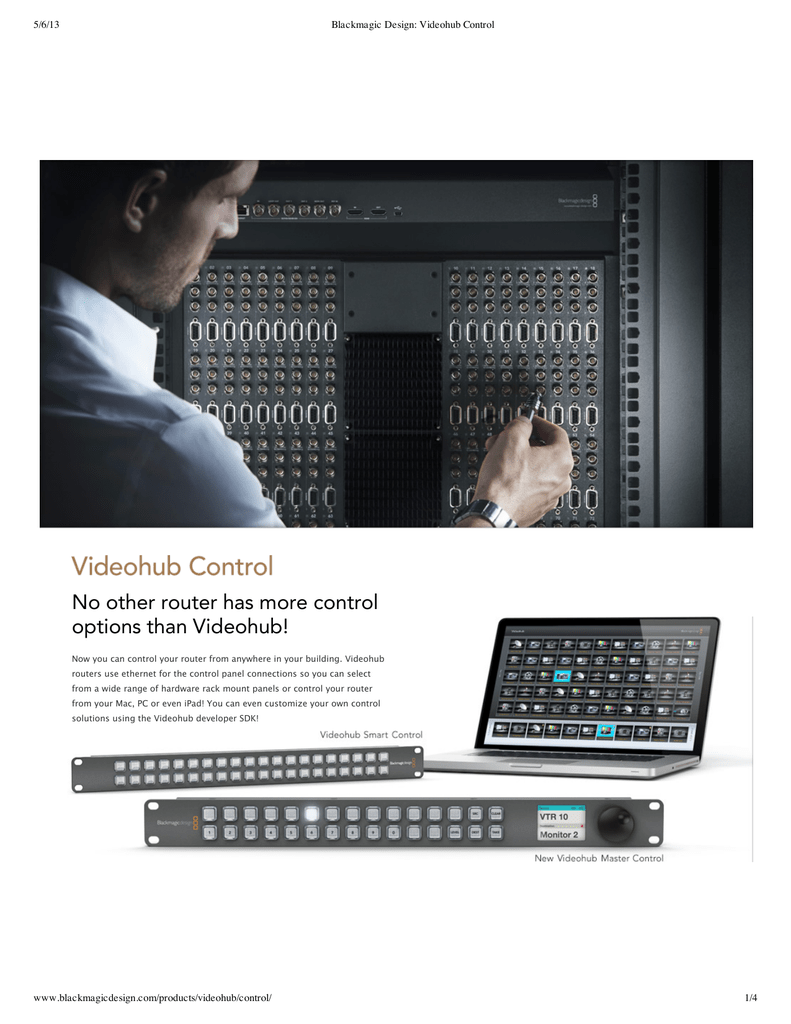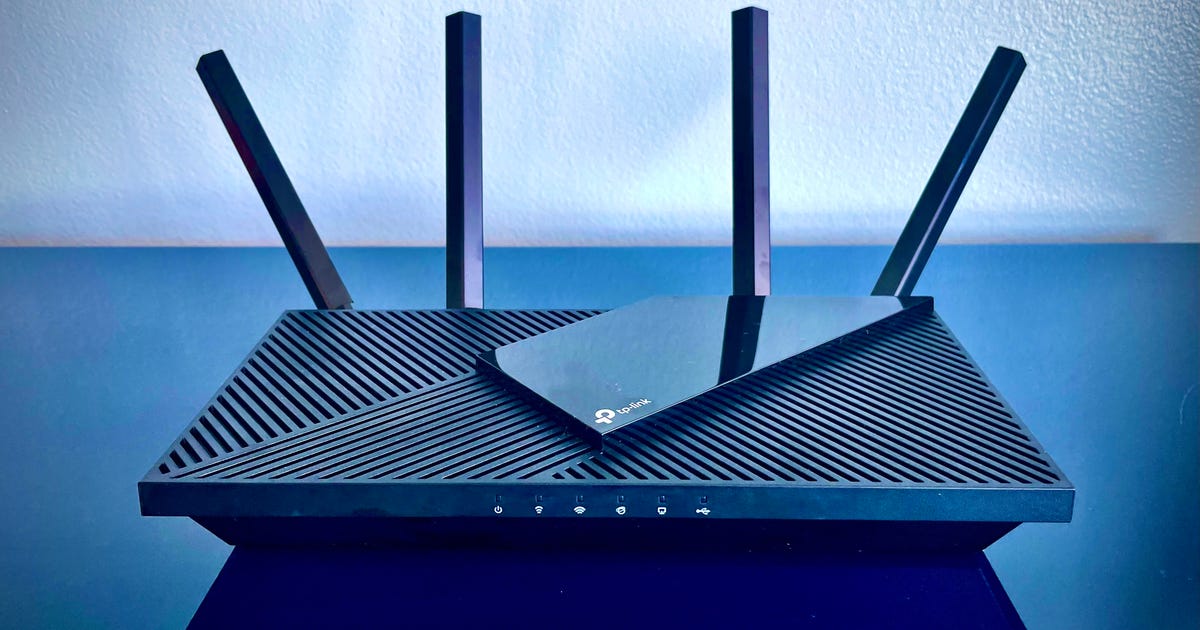
- #CAN I USE THE SAME ROUTER FOR MAC AND PC HOW TO#
- #CAN I USE THE SAME ROUTER FOR MAC AND PC UPDATE#
- #CAN I USE THE SAME ROUTER FOR MAC AND PC SOFTWARE#
- #CAN I USE THE SAME ROUTER FOR MAC AND PC TRIAL#
- #CAN I USE THE SAME ROUTER FOR MAC AND PC PC#


Those of you commenting that you ran a CP clearly do not understand that you are still copying over several LIVECD build aspects that are still running via your HD that make it run as a LIVECD and not a real HDD install. Yep, but you guys apparently don’t care that it is NOT really writing to a REAL sda2 partition and apparently through all these comments simply execute a MOUNT command before the “it’s easy” comments……do it and paste it here – it’s mounting sda2 via it’s USB flashdrive based boot to SQUASHFS flat file and NOT truly to a EXT3 or EXT4 formatted partition – the way it be to simply have this thing boot off a HDD. So I guess you’re entitled to a few mistakes/ some hubris if the upside is creation of the Pi originally. That said, you guys make some out there decisions but that includes the creation of the Pi in the first place.
#CAN I USE THE SAME ROUTER FOR MAC AND PC UPDATE#
This seems like a huge exercise in hubris and a waste of resources that arguably should be spent on the substantial platform update needed to build an Rpi4 / fix the fundamental issue0 limiting the Pi3 since its inception: the USB Ethernet shared bus.
#CAN I USE THE SAME ROUTER FOR MAC AND PC HOW TO#
To average users, customizable means changing a color scheme or wallpaper, not which and how to install and configure your entire desktop environment. Average users don’t care about window managers, desktop environments, multiple runtimes, all the granularity of Linux as a GUI. There’s a massive difference between customizable and needing to be broken down and or initially (re) built from scratch to get a basic experience with some different flavorings. Most people being the less than 5% of users? That’s not most people. The boot menu provides options to run with or without persistence, or to erase any persistence partition that has been created, allowing you to roll back to a clean install at any time. If you are running from a USB stick, the system will by default use any spare space on the device to create a persistence partition, which allows files to persist between sessions. If you are running from DVD, any files you create, or modifications you make to the system, will of course be lost when you power off the machine. We’ll release an updated image once we’ve got to the bottom of the issue. * We are aware of an issue on some modern Macs (including, annoyingly, mine – but not Liz’s), where the machine fails to identify the image as bootable.
#CAN I USE THE SAME ROUTER FOR MAC AND PC TRIAL#
In future releases, we may create an installer so it can be permanently installed on your computer’s hard drive, but for now this is can only be temporarily booted for trial purposes. Please note that this initial experimental version is only available as a live image to boot from USB or DVD.
#CAN I USE THE SAME ROUTER FOR MAC AND PC PC#
Spot the difference: the PIXEL desktop on a PC You can help us here – please let us know how you get on in the comments below!ĭownload the image, and either burn it to a DVD or write it to a USB stick. If we decide that this is something we want to commit to in the long run, we will do our best to address these as they come up. Due to the wide variety of PC and Mac hardware out there, there are likely to be minor issues on some hardware configurations.

Remember that this is a prototype rather then a final release version. We know we’re not there yet, but by running PIXEL alongside Windows, Mac OS, and the established desktop GNU/Linux distros, we can more easily see where our weak points are, and work to fix them. We don’t just want to create the best desktop environment for the Raspberry Pi: we want to create the best desktop environment, period. And bringing PIXEL to the PC and Mac keeps us honest.There is no learning curve, and no need to tweak her schoolwork to run on two subtly different operating systems.
#CAN I USE THE SAME ROUTER FOR MAC AND PC SOFTWARE#
She can move back and forth between her computing class or after-school club and home, using exactly the same productivity software and programming tools, in exactly the same desktop environment.


 0 kommentar(er)
0 kommentar(er)
